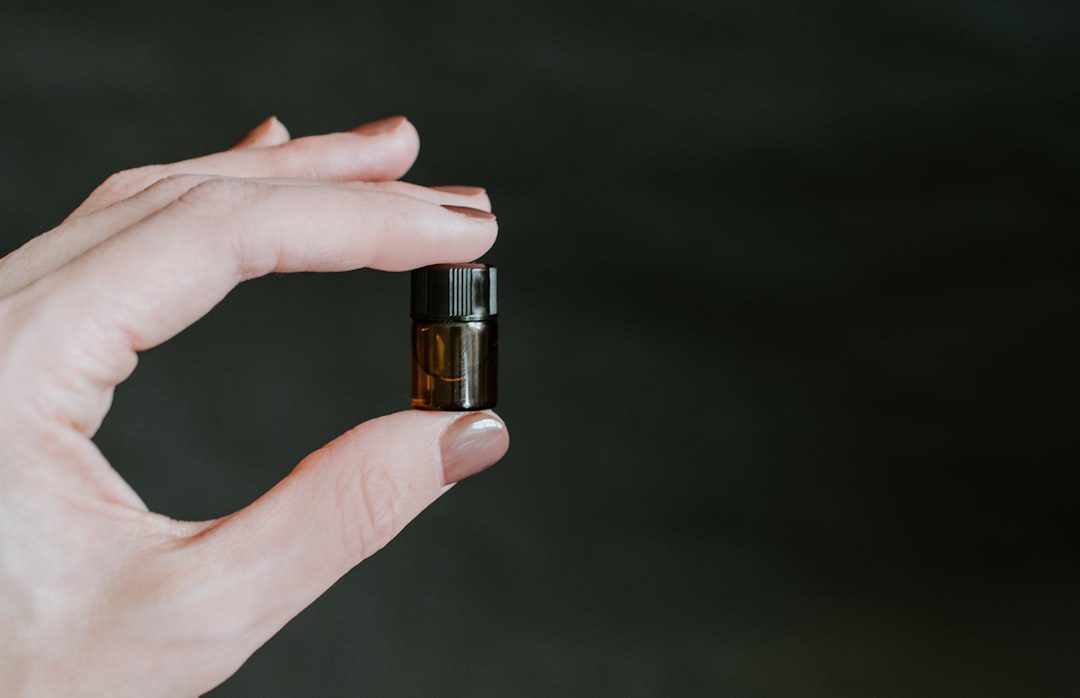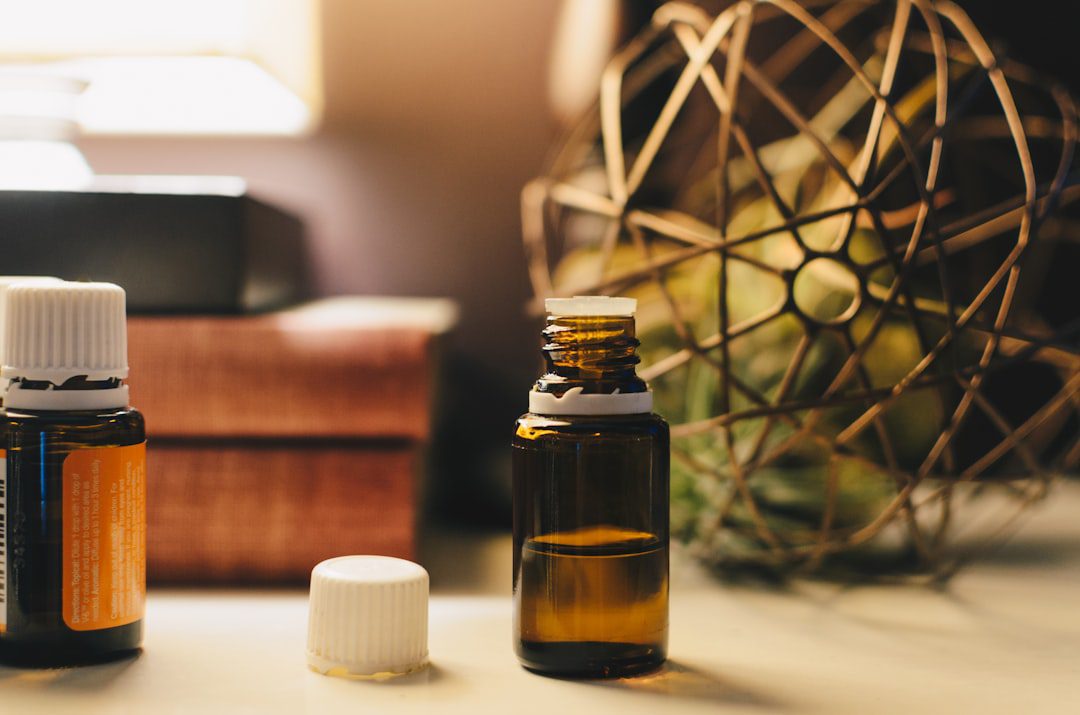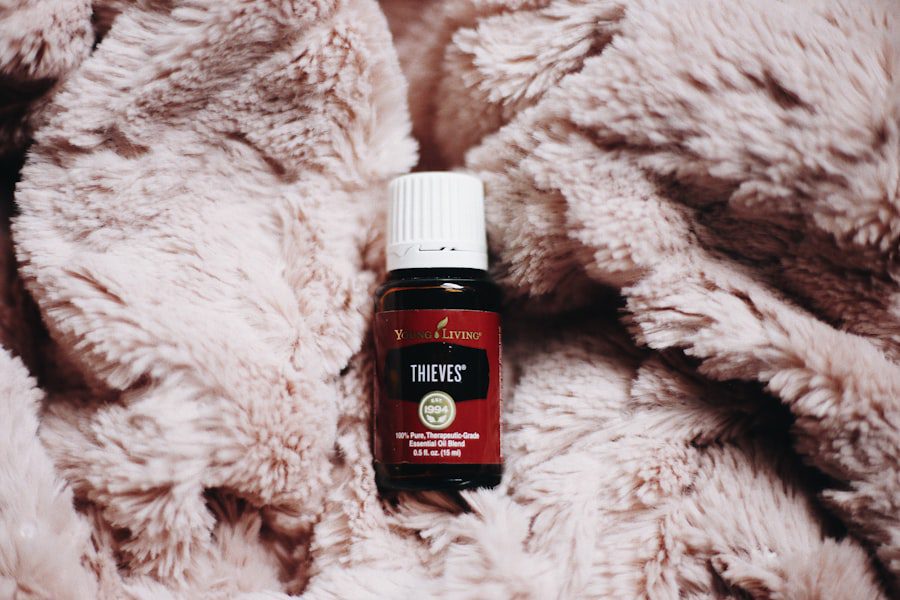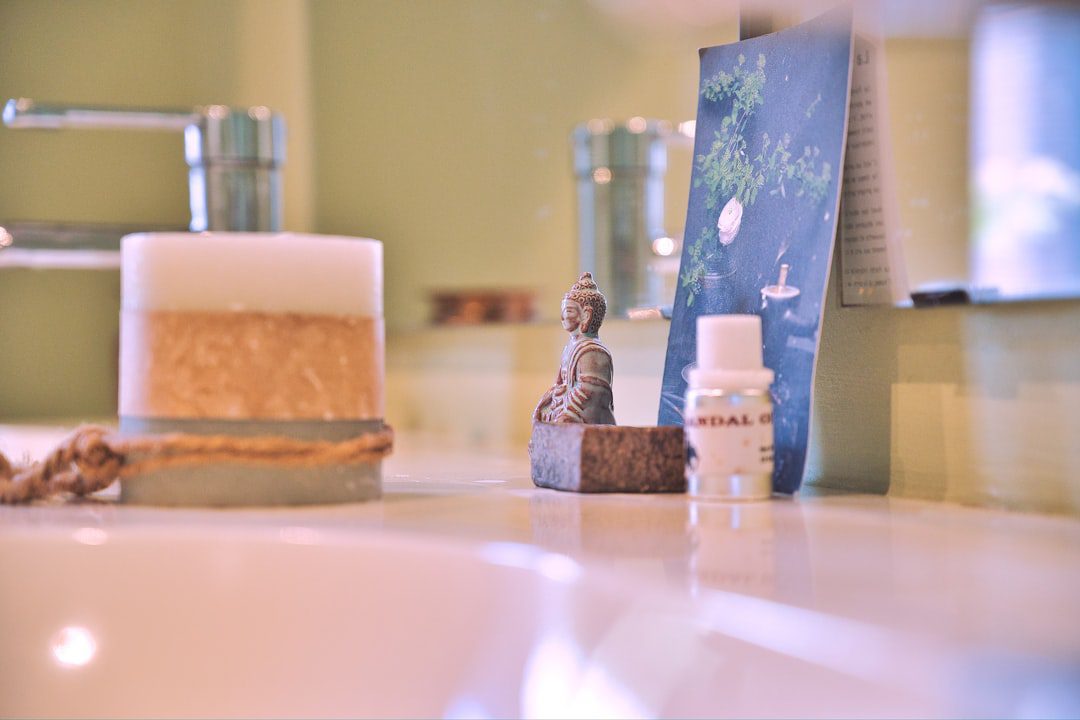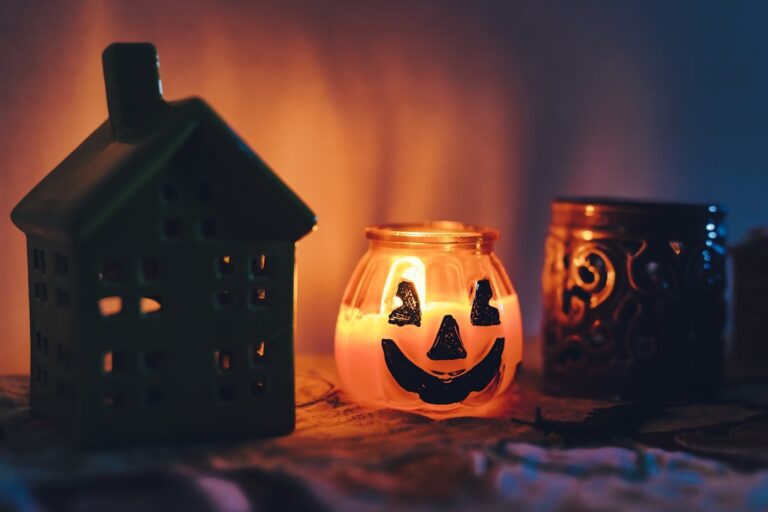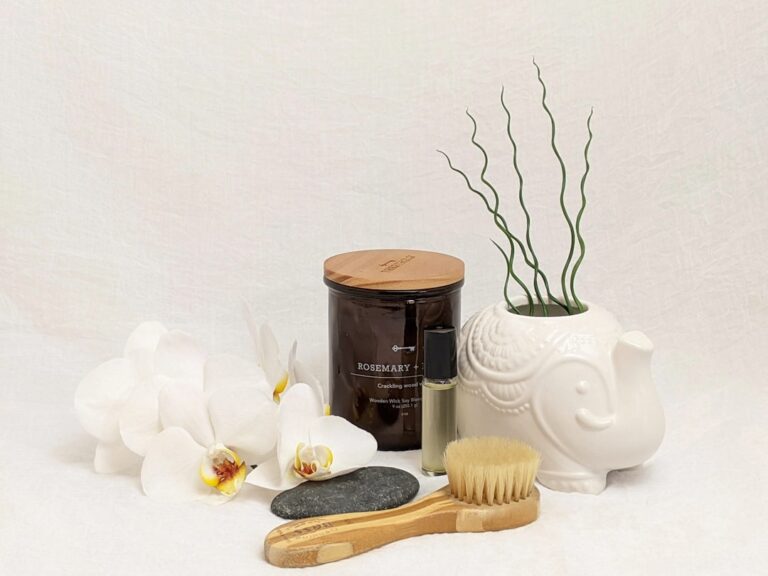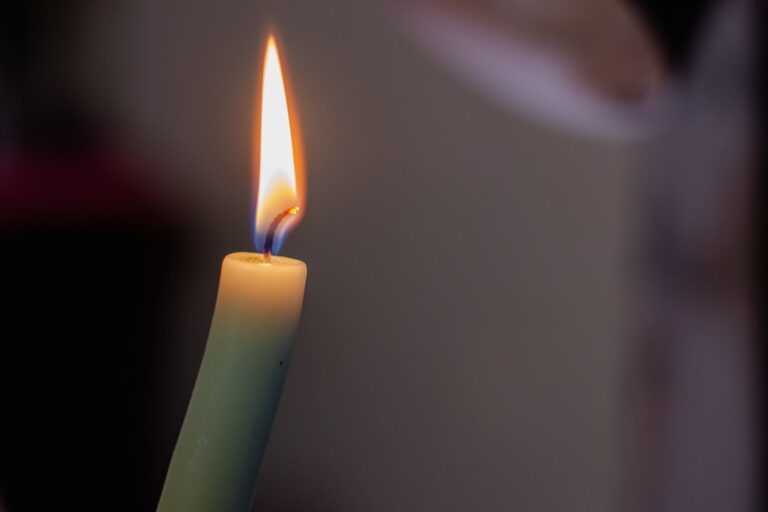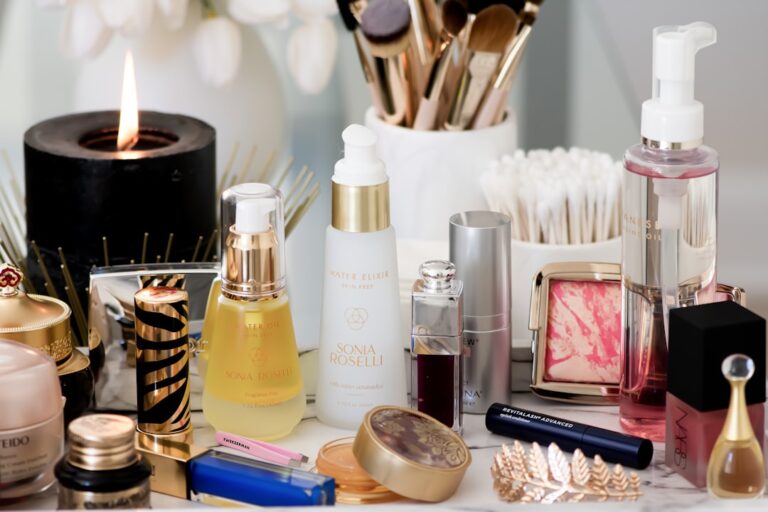A guide to making your own aromatherapy candles with natural essential oils.
Aromatherapy is a holistic healing practice that utilizes the natural fragrances of essential oils to promote physical, emotional, and mental well-being. The concept is rooted in ancient traditions, where various cultures recognized the therapeutic properties of plants and their extracts. Essential oils are concentrated plant extracts obtained through methods such as steam distillation or cold pressing.
Each oil carries its unique scent and therapeutic benefits, making them versatile tools in the realm of wellness. For instance, lavender is renowned for its calming effects, while eucalyptus is often used for its invigorating properties. The science behind aromatherapy lies in the olfactory system, which is closely linked to the limbic system in the brain.
This connection explains why certain scents can evoke powerful emotional responses or memories. When inhaled, essential oils can influence mood, reduce stress, and even alleviate physical discomfort. The practice of aromatherapy can be integrated into daily life through various means, including diffusers, topical applications, and, notably, candles.
Aromatherapy candles combine the soothing ambiance of candlelight with the therapeutic benefits of essential oils, creating a multi-sensory experience that enhances relaxation and mindfulness.
Key Takeaways
- Aromatherapy uses essential oils to promote physical and psychological well-being
- Choose essential oils based on their therapeutic properties and the desired effect
- Soy wax is a popular choice for aromatherapy candles due to its clean and long-lasting burn
- Basic supplies for candle making include wax, wicks, fragrance oils, and a double boiler
- Always use essential oils in a well-ventilated area and follow safety guidelines for candle making
Choosing the Right Essential Oils for Your Candles
Selecting the appropriate essential oils for your aromatherapy candles is crucial to achieving the desired ambiance and therapeutic effects. The choice of oils can depend on personal preferences, specific health goals, or even seasonal themes. For example, citrus oils like lemon and orange are uplifting and energizing, making them ideal for morning use or during the winter months when sunlight is scarce.
In contrast, grounding oils such as cedarwood or patchouli can create a warm and comforting atmosphere, perfect for evening relaxation. When choosing essential oils, it’s also important to consider their blending properties. Some oils complement each other beautifully, enhancing their individual scents and benefits when combined.
For instance, a blend of lavender and chamomile can create a calming effect that is perfect for winding down after a long day. Conversely, combining peppermint with rosemary can invigorate the senses and improve focus, making it suitable for workspaces or study areas. Understanding the characteristics of each oil will allow you to craft unique blends that resonate with your intentions for the candle.
Selecting the Best Wax for Aromatherapy Candles
The choice of wax plays a significant role in the overall quality and performance of aromatherapy candles. Various types of wax are available, each with its unique properties and benefits. Paraffin wax is one of the most commonly used materials due to its affordability and ability to hold fragrance well.
However, it is derived from petroleum and may release harmful chemicals when burned, raising concerns about indoor air quality. Natural alternatives such as soy wax, beeswax, and palm wax have gained popularity among eco-conscious candle makers. Soy wax is derived from soybeans and is biodegradable, making it an environmentally friendly option.
It burns cleanly and has a good scent throw, allowing for a pleasant aromatic experience. Beeswax, on the other hand, is a natural byproduct of honey production and has its own unique sweet scent. It is known for its air-purifying properties and burns longer than many other waxes.
Palm wax is another sustainable choice that offers a beautiful crystalline appearance and excellent scent retention. Each type of wax has its advantages, so selecting one that aligns with your values and desired candle characteristics is essential.
Tools and Supplies Needed for Candle Making
Creating aromatherapy candles requires a specific set of tools and supplies to ensure a successful crafting experience. At the core of your candle-making toolkit will be a double boiler or a dedicated melting pot for safely melting your wax. This method prevents direct heat from burning the wax and allows for precise temperature control.
A thermometer is also essential to monitor the wax temperature accurately; most waxes should be melted to around 170-180°F before adding essential oils. In addition to melting equipment, you will need containers or molds for shaping your candles. Glass jars are popular choices due to their aesthetic appeal and ability to withstand heat.
If you prefer pillar candles, silicone molds can provide intricate designs while allowing for easy release once the candle has cooled. Wick selection is another critical component; cotton or wood wicks are commonly used in aromatherapy candles. The wick size should correspond to the diameter of your container to ensure an even burn and optimal scent throw.
Other supplies include a scale for measuring wax and oils accurately, stirring utensils for blending, and safety gear such as gloves and goggles to protect against spills or splashes.
Step-by-Step Instructions for Making Aromatherapy Candles
Making aromatherapy candles can be a rewarding process that allows for creativity and personalization. Begin by preparing your workspace: cover surfaces with newspaper or a drop cloth to catch any spills. Measure out the desired amount of wax using a scale; a general rule of thumb is to fill your container twice as much as you want the final candle weight to be since wax shrinks as it cools.
Next, set up your double boiler by filling the bottom pot with water and placing it on medium heat. Add your measured wax to the top pot and allow it to melt slowly while stirring occasionally. Once melted, use a thermometer to check the temperature; when it reaches around 170-180°F, remove it from heat.
At this point, you can add your chosen essential oils—typically around 6-10% of the total weight of wax—stirring gently to ensure even distribution. After blending in the essential oils, let the mixture cool slightly before pouring it into your prepared containers or molds. Secure the wick in place using a wick holder or by dipping it in melted wax before placing it in the center of your container.
Pour the wax carefully into each container, leaving some space at the top if desired. Allow the candles to cool completely before trimming the wick to about ¼ inch above the surface. This process not only creates beautiful candles but also ensures they burn evenly when lit.
Safety Tips for Working with Essential Oils and Candle Making
Safety should always be a priority when working with essential oils and candle-making materials. Essential oils are highly concentrated substances that can cause skin irritation or allergic reactions if not handled properly. Always perform a patch test before applying any new oil directly to your skin, especially if you plan to use them in candles that may come into contact with skin during use.
When melting wax, it’s crucial to monitor temperatures closely to prevent overheating or burning. Use a thermometer to ensure that you stay within safe temperature ranges for both wax and essential oils; adding oils at too high a temperature can degrade their therapeutic properties. Additionally, work in a well-ventilated area to avoid inhaling fumes from heated wax or essential oils.
Keep flammable materials away from your workspace and never leave melting wax unattended on heat sources. If you’re using glass containers, ensure they are heat-resistant to prevent cracking or shattering during the pouring process. Always have safety gear on hand—such as gloves and goggles—to protect yourself from potential spills or splashes during candle-making.
Storing and Using Your Aromatherapy Candles
Proper storage of your aromatherapy candles is essential for maintaining their quality and longevity. Store them in a cool, dark place away from direct sunlight or heat sources that could cause them to melt or lose their fragrance over time. Ideally, keep them in airtight containers or wrapped in protective materials to prevent dust accumulation and preserve their scent.
When using your aromatherapy candles, consider creating an intentional atmosphere that enhances their benefits. Light them during meditation sessions or yoga practices to deepen relaxation and mindfulness experiences. Alternatively, use them during self-care rituals such as baths or skincare routines to elevate your senses and create a spa-like environment at home.
To maximize their effectiveness, allow your candles to burn long enough for the entire top layer of wax to melt evenly—this helps prevent tunneling and ensures an even scent throw throughout the burn time. Trim wicks regularly to maintain optimal flame height and prevent soot buildup on containers.
Benefits of Aromatherapy Candles and How to Incorporate Them into Your Routine
Aromatherapy candles offer numerous benefits that extend beyond mere fragrance; they can significantly enhance emotional well-being and create a calming environment conducive to relaxation and focus. The act of lighting a candle itself can serve as a ritualistic practice that signals a transition from busyness to tranquility—a moment dedicated solely to self-care. Incorporating aromatherapy candles into daily routines can be simple yet impactful.
For instance, lighting a calming lavender candle during evening wind-down rituals can signal your body that it’s time to relax and prepare for sleep. Alternatively, energizing citrus scents can be used during morning routines or work hours to boost motivation and productivity. Moreover, these candles can serve as thoughtful gifts for friends or family members who appreciate wellness practices or enjoy creating serene spaces in their homes.
By personalizing blends based on individual preferences or needs—such as stress relief or mood enhancement—you can share not just a product but also an experience that promotes well-being. In summary, aromatherapy candles represent an intersection of creativity, wellness, and sensory pleasure that can enrich everyday life in meaningful ways. By understanding essential oils’ properties, selecting appropriate materials, following safe practices during candle-making processes, and incorporating these candles into routines thoughtfully, individuals can harness their full potential for relaxation and rejuvenation.
If you’re interested in making your own aromatherapy candles, you may also want to check out this article on DIY scented candles: a complete guide. This comprehensive guide provides step-by-step instructions on how to create your own scented candles using a variety of fragrances and techniques. It’s a great resource for anyone looking to explore the world of candle making.
FAQs
What are aromatherapy candles?
Aromatherapy candles are candles that are infused with natural essential oils, which are believed to have therapeutic properties when inhaled. These candles are used to create a relaxing and calming atmosphere, and to promote overall well-being.
How do you make aromatherapy candles with natural essential oils?
To make aromatherapy candles with natural essential oils, you will need to gather the necessary materials such as soy wax, essential oils, candle wicks, a double boiler, and candle containers. Melt the soy wax, add the essential oils, pour the mixture into the containers, and insert the candle wicks. Allow the candles to cool and solidify before trimming the wicks and using them.
What are the benefits of using natural essential oils in aromatherapy candles?
Natural essential oils are believed to have various therapeutic benefits, such as promoting relaxation, reducing stress and anxiety, improving mood, and providing relief from certain ailments. When used in aromatherapy candles, these oils can help create a soothing and calming environment.
Which essential oils are commonly used in aromatherapy candles?
Some commonly used essential oils in aromatherapy candles include lavender, eucalyptus, peppermint, lemon, chamomile, and rosemary. Each essential oil is believed to have its own unique therapeutic properties and benefits.
Are there any safety precautions to consider when making and using aromatherapy candles?
When making and using aromatherapy candles, it is important to follow safety precautions such as using the appropriate amount of essential oils, keeping the candles away from flammable materials, and never leaving a burning candle unattended. It is also important to consider any potential allergies or sensitivities to certain essential oils.

